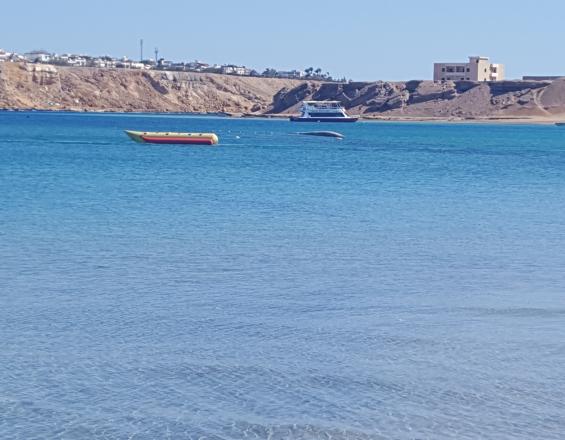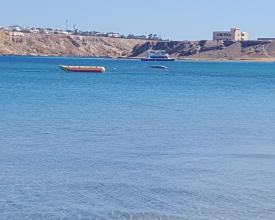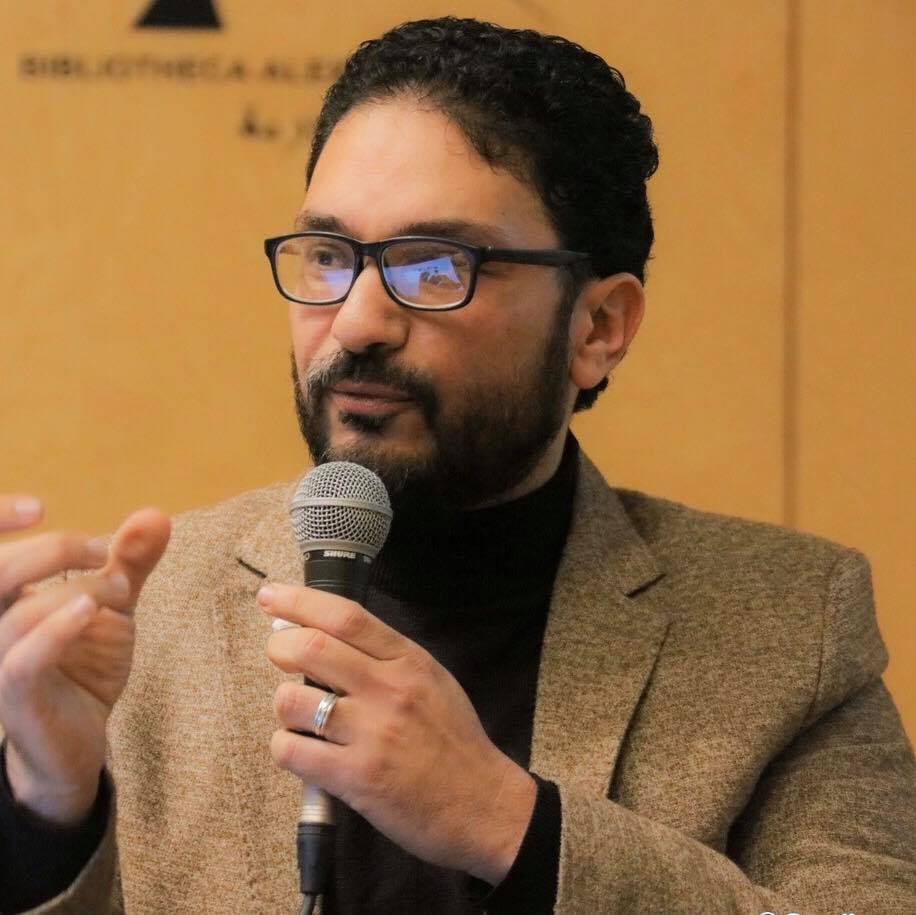
Hacer frente a la expansión del turismo mediante una asociación eficaz, Rehabilitación de Sharm Elmia

Sharm El-mia, una pequeña bahía a las afueras de la ciudad de Sharm El-Sheikh; la bahía es parte integrante de RMNP que incluye la península de Ras Mohammad y las costas de Sharm El-Sheikh. Al ser el principal puerto deportivo para embarcaciones de buceo y de vida a bordo, la bahía sufría la acumulación de efluentes de las embarcaciones que asfixiaban la vida marina. El traslado del puerto deportivo a otro lugar dio paso a la restauración de la afligida bahía. El proceso de restauración, que se llevó a cabo mediante la colaboración de diversas partes interesadas, sirvió de ejemplo de cómo coordinar con éxito el trabajo entre agentes que en muchos casos tienen intereses contrapuestos. Superar la burocracia fue una misión de enormes proporciones que hubo que llevar a cabo. La vida marina volvió a habitar la bahía y se registraron valores de cobertura viva bentónica comparables a los de lugares similares. Se logró la biorremediación del medio acuático enfermo y la eliminación de la patogenicidad potencial inducida por los efluentes de los barcos. Por último, la bahía se hizo viable para actividades de turismo recreativo.
Contexto
Défis à relever
Ubicación
Impactos
Las repercusiones de la rehabilitación de la bahía de Sharm El-mia se hicieron evidentes mediante:
- el éxito de la desinfección del agua de mar de la bahía de las bacterias patógenas, hasta el punto de que se convirtió en segura para la natación y otros usos humanos.
- El análisis microbiológico y la biorremediación del agua de mar se llevaron a cabo en colaboración con un equipo de investigadores de la Universidad del Canal de Suez. Las evaluaciones repetidas de los parámetros ecológicos de la bahía -seguimiento posterior a la rehabilitación- indicaron mejoras graduales en los porcentajes de cobertura de coral duro y blando, que pasaron de menos del 1% a una media del 15% y el 17%, respectivamente.
- A continuación, se animó a los peces de arrecife y a los invertebrados asociados a los arrecifes a volver a habitar la bahía, lo que se puso de manifiesto por el aumento de la riqueza de especies y de los índices de diversidad. Estas mediciones se realizaron hasta 4 años después de la restauración.
- El proyecto reportó beneficios socioeconómicos gracias a la reapertura de la bahía para el uso de operadores de turismo recreativo y proveedores de servicios. Los hoteles que antes no poseían playas ahora tienen acceso para sus huéspedes, para utilizar el tramo restante de las playas de la bahía a través de un contrato similar a un arrendamiento con el municipio.
- El impacto de la rehabilitación de Sharm El-Maia en la gestión de la RMNP consistió en proporcionar una herramienta de gestión, aumentando la capacidad de maniobra en los planes de zonificación, ya que añadió más espacio a las zonas disponibles para las designaciones de actividades acuáticas.




